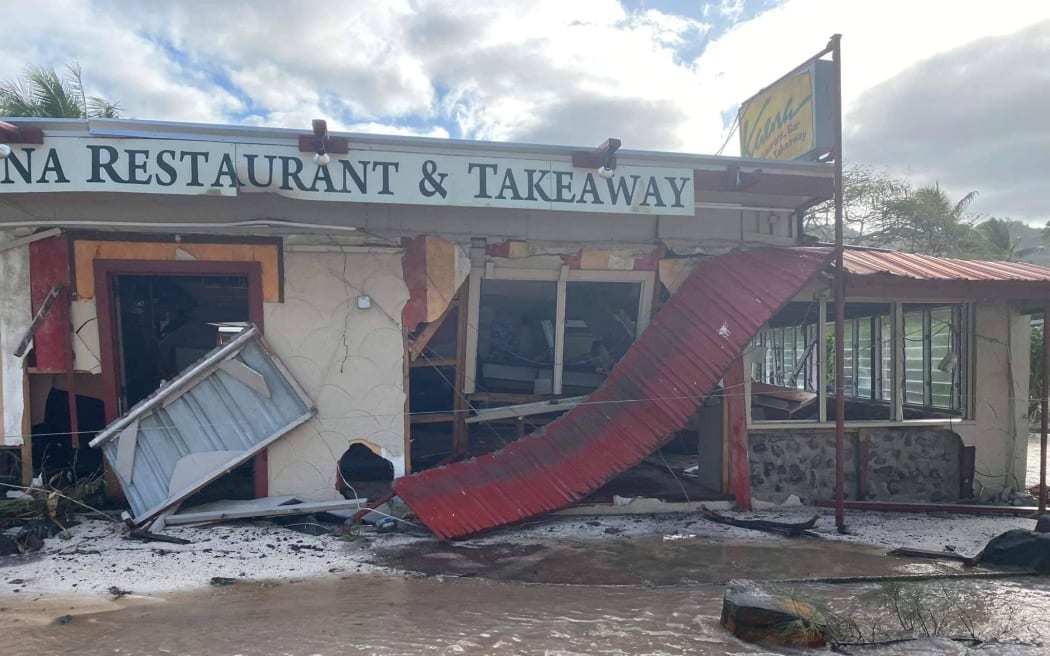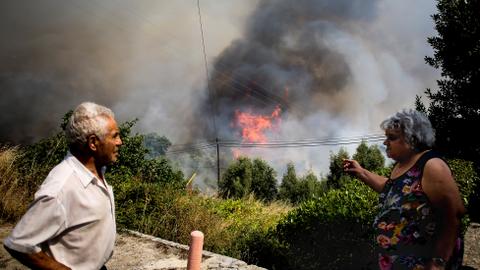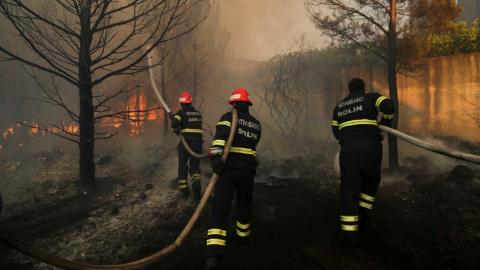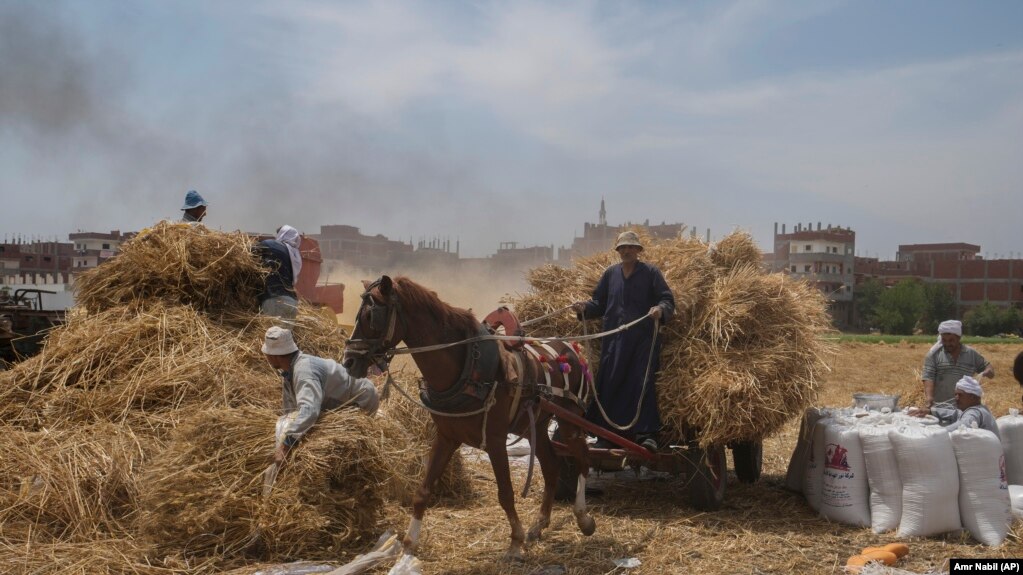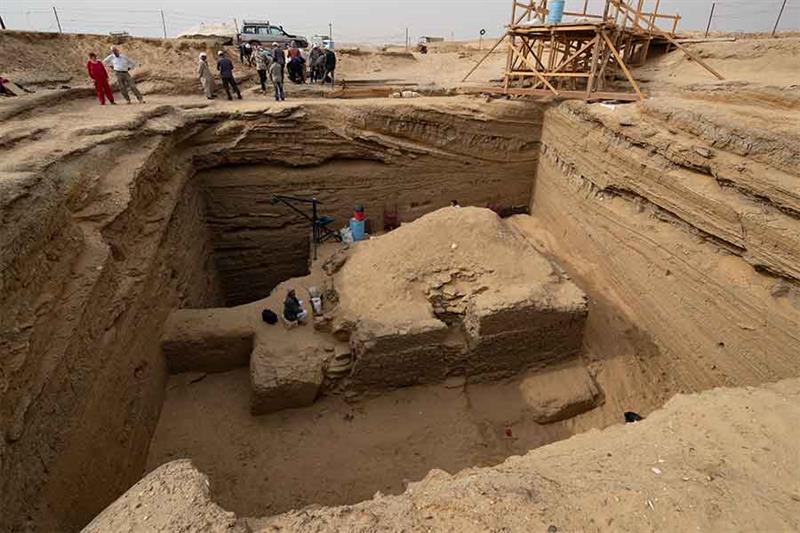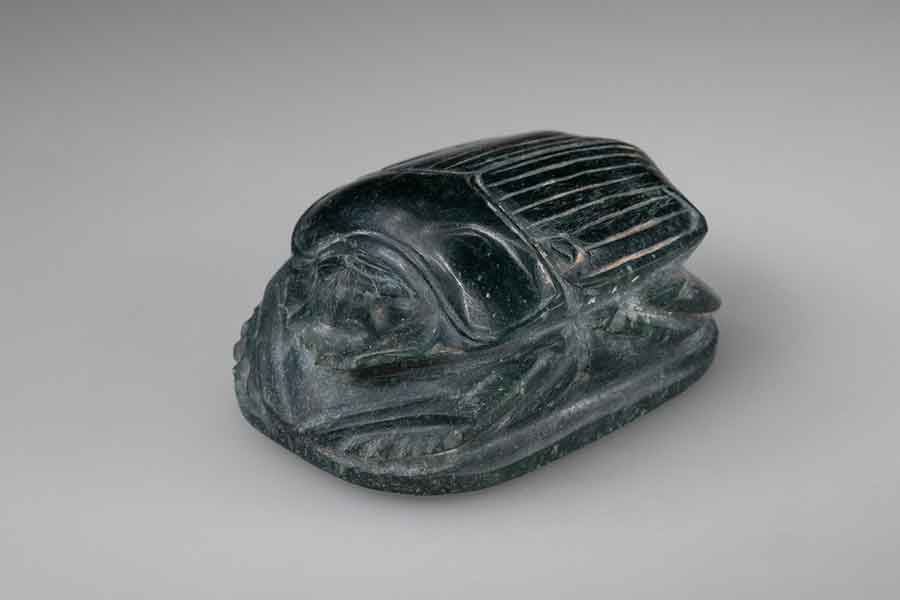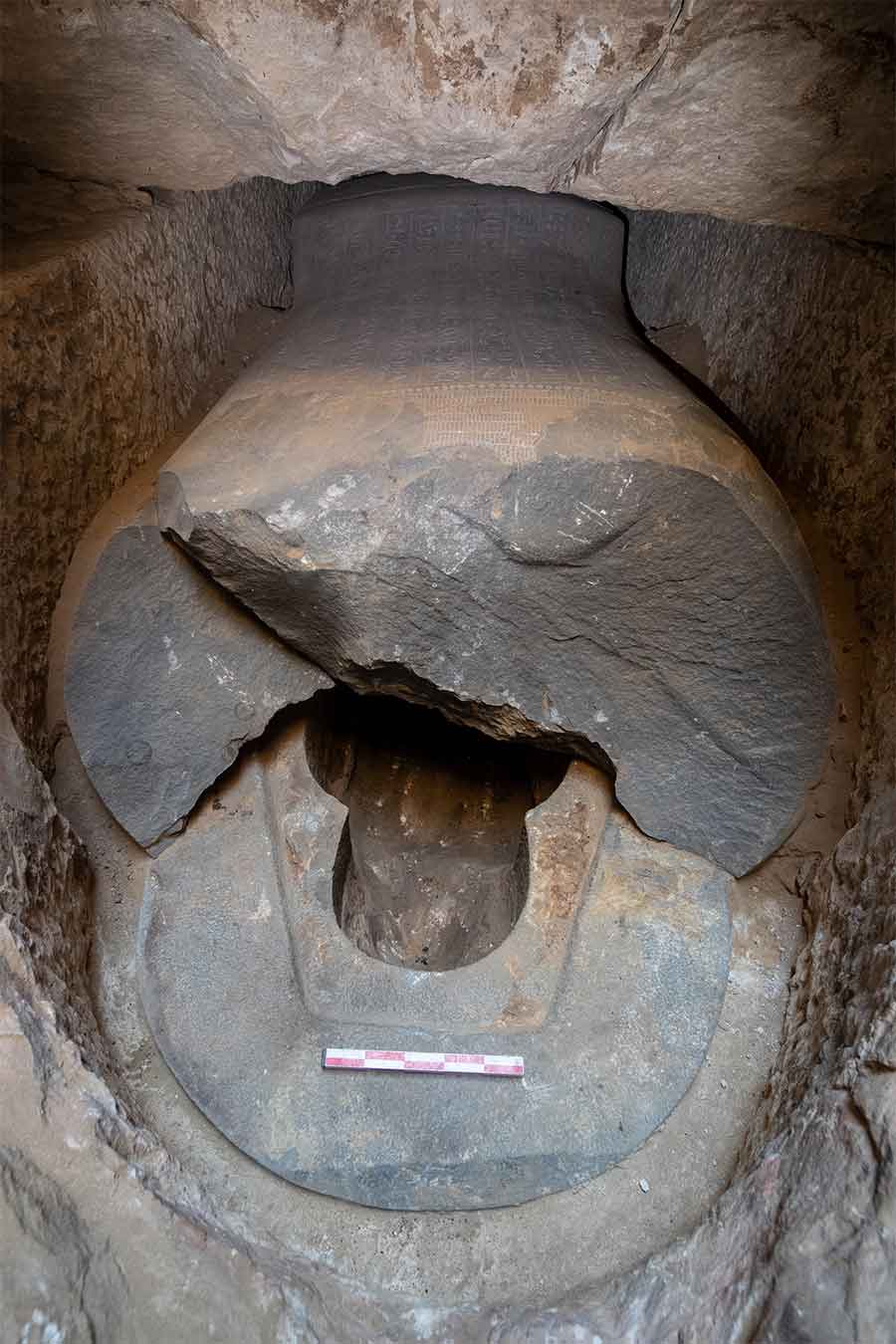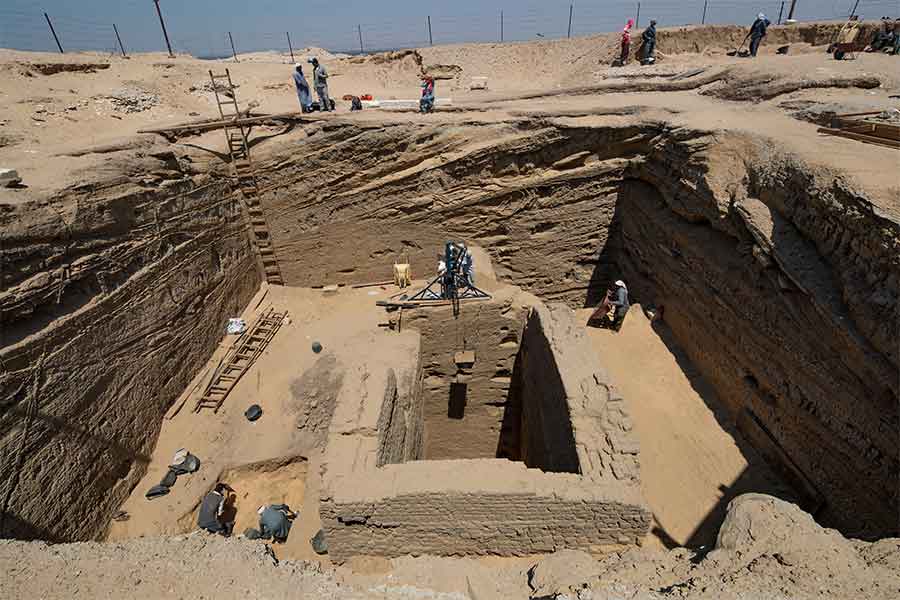High swells hitting Pacific coasts made worse by rising sea levels
A prolonged indentation in sea levels is being blamed for causing damaging elevated high tides in the Cook Islands, both Samoas and French Polynesia.
A scientist at New Zealand's National Institute of Water and Atmospheric Research (NIWA) Connon Andrews said it's a common phenomenon although the intensity of such events are being exacerbated by sea level rising.
Photo: Cook Islands News
"The issue is that it's just a very strong event that coincides with high tides, but with climate change, of course, there is an increase in sea levels that will exacerbate the indentation going forward.
"It consistently happens all the time. There's no real seasonality to it, the issue is that it's just a very strong event that coincides with high tides."
Both the Cook Islands and American Samoa declared a state of emergency, after the unusually tides flooded properties and damaged infrastructure.
A wave alert is in place for Rarotonga and all southern group islands in the Cook Islands until Thursday local time.
All foreshore properties are being asked to be prepared for waves to reach heights of up to 5 metres.
Officials say people in southern areas between Avana and Aroa should monitor forecasts and conditions closely and remove or keep a close eye on all equipment on beaches and within the lagoon.
The swells have disrupted tourism in the Cook Islands, prompting the government to provide financial aid to affected businesses.
High waves in Samoa linked to climate change says forecaster
A severe weather warning remains in place for Samoa after the swells flooded coastal areas of the eastern and south coasts of the country.
Samoan meteorological services expect swell heights to remain between 2.5m and 3m but are expecting conditions to ease over the weekend.
Leading forecaster Aloali'i Liu said the unusual phenomenon is linked to climate change.
"I believe there is an effect of climate change as of now. Although it is happening within the dry season which is something that is a very rare occasion however, there was an event that was like this recently in 2018."
Airports around French Polynesia shut due to safety concerns
French Polynesian domestic flights are being disrupted after seven atolls shut their airports.
For safety reasons, internal flights must be routed within an hour's flying time of the nearest airport, should there be an emergency.
This caused a return flight from Tahiti to Mangareva in the Gambier Islands - about 1600km away - to be cancelled as the airport on Tureia in the Tuamotus could not be used.
Meanwhile, many families affected by coastal flooding have been relying on churches for help.
The government has started a fund to compensate those most affected by the waves, however the community services have been providing basic needs.
A priest from a church in the southwest district of Maiaeta on Tahiti told La Premiere they've been providing food.
"The district authorities have sent us a list of families that we could help out.
"This morning (Tuesday) we received five families that needed our help and we will see five others in Papeari.
"There has been some people who have approached the church to give money directly, and these payments are being used for food donations."
Warnings of 5m waves in Cook Islands following damaging storm
Massive waves up to 5m high are expected to hit the Cook Islands again tomorrow, as repairs to widespread storm damage continues.
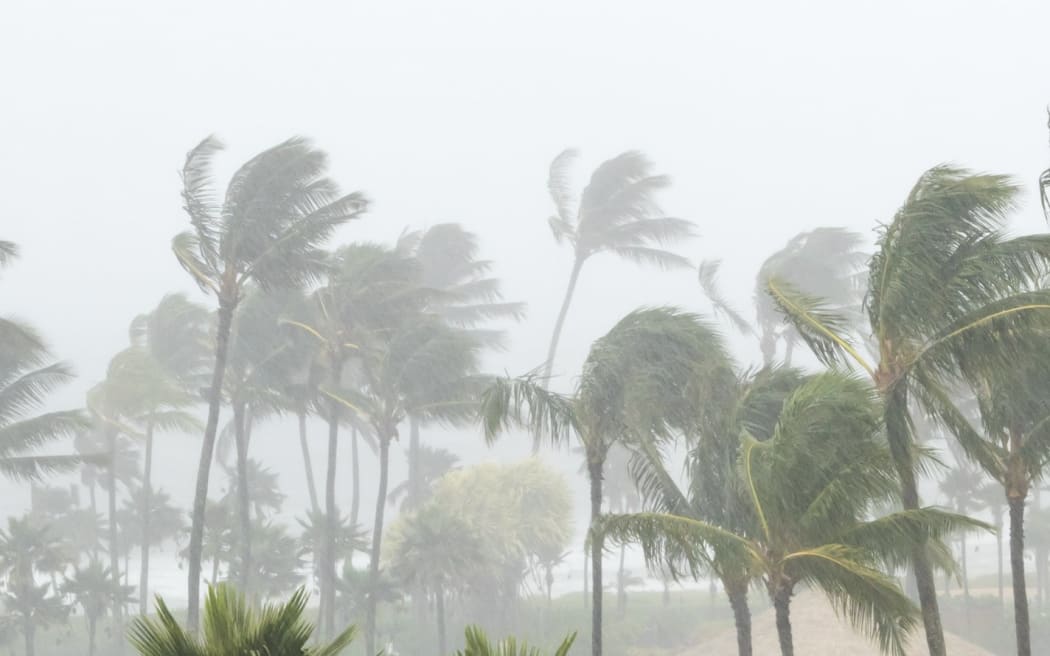
More wild weather is expected for the Cook Islands, with people in the Southern Group told to prepare for large sea swells. (File photo) Photo: 123rf
The Cook Islands Emergency Management office issued an alert warning the potentially damaging swells were forecast to hit Rarotonga and all Southern Group islands on Tuesday Cook Islands time (which is Wednesday in New Zealand).
"Wave conditions ...are forecast to increase throughout Tuesday, with wave heights up to 5m by Tuesday night, continuing until Thursday."
Last week and in the weekend some areas of the Cook Islands, American Samoa and French Polynesia were battered by huge sea swells that eroded roads, washed debris and boulders about and in places inundated homes and businesses.
Damage assessments and repairs have begun, but communities are now being told to batten down the hatches again.
Emergency management director John Strickland said everyone in the Cook Islands will need to prepare for the next surging seas.
"We are in the process of preparing and getting our community and the public awareness notices... prepared in the event that things might get worse for us."
Wave runup and surges could run past the tops of beaches and inundate lower lying areas, and people should expect strong surging currents, especially in Muri Lagoon, the emergency management office said. With "potential debris and wave spray across low areas of the coastal road during high tide."
People in southern areas should monitor the forecasts and conditions closely in the coming days, and "ensure you have foreshore properties prepared by Tuesday morning."
The most risk would be during high tides, which fall on Tuesday between 1:30pm to 3:30pm, on Wednesday between 1.30am to 3.30am and 2pm to 4pm, and on Thursday between 2:30am and 4:30am.
Samoa also preparing
A severe weather warning remains in place for Samoa.
The Samoan meteorological service said swell heights were expected to remain between 2.5m to 3m for now, but they anticipated conditions would ease in the weekend.
Forecaster Aloali'i Liu said he thought the unusual storm phenomenon was linked to climate change.
"I believe there is an effect of climate change as of now. It is happening within the dry season, which is something that is a very rare occasion. However, there was an event that was like this recently in 2018."
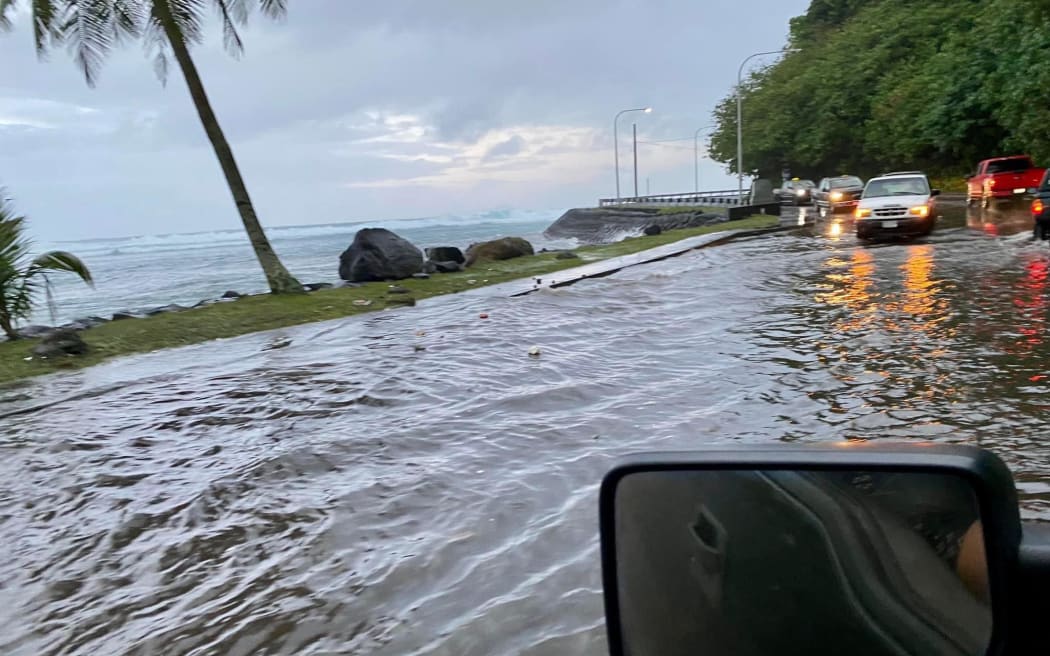
Cars negotiating floodwaters on a road near Fatu-ma-Futi in American Samoa, last week. Photo: Supplied/ US National Weather Service American Samoa - Dora Ah Sue
On Tuesday, the US National Weather service said up to 3.5 metre waves, strong winds and rough seas were expected for American Samoa on Wednesday, and through to Thursday.
Churches helping families in need after flooding in French Polynesia
In French Polynesia many families affected by coastal flooding from the sea swells have been relying on churches for help, particularly for basic needs..
A priest from a church in the southwest of Tahiti told Polynésie La Première news they had been helping provide food.
"The district authorities have sent us a list of families that we could help out. This morning we got given five families that needed our help, and we will see five others in Papeari.
"There has been some people who have approached the church to give money directly. These payments has been used for food donations."
Some miss out on storm damage funds in French Polynesia
In French Polynesia a government compensation fund has been opened to homeowners most affected by damage from the swells, however businesses are not included.
The swells had particularly affected the south-west coast of Tahiti.
Among those who did not qualify for the compensation was family homestays.
Annick Paofai owns a family-run lodge in Teahupo'o village, and told La Première she was unhappy at missing out on compensation.
She said a wall should be built to protect the coast from being battered by swells each year.
But even without the assistance she said she would need to get repairs made quickly to be operational for the high tourist season.
"We cannot wait, even though our pockets are completely empty. We have bookings that are coming in, it is the high season. We can't tell them to go and look somewhere else."
Storm cleanup begins after huge swells hit three Pacific nations
More huge waves are forecast for the Cook Islands, even as a clean-up is underway for damaged infrastructure and buildings in parts of the Cook Islands, American Samoa and French Polynesia.
This coastal restaurant at Aroa Beach on Rarotonga's ring road was badly damaged in the storm. Photo: Supplied/ Red Cross
Huge waves that struck the Cook Islands over the weekend are expected to hit Rarotonga and the Pa Enua (outer islands) again in the coming days.
Cook Islands emergency management director John Strickland told RNZ that nationwide alert notices would be issued to warn of another swell lined up to strike southern parts of Rarotonga on Tuesday (Cook Islands time).
Strickland said the clean-up operation was well underway on Rarotonga, with roads being cleared first, so that further damage could be assessed.
Roads, houses and businesses hit, as tourists returned to the Cook Islands
Late last week and into the weekend Rarotonga and some parts of the Pa Enua reported record waves and flooding that damaged homes and businesses, during a week when record visitor numbers had been expected.
Muri Beach Club resort manager Liana Scott said the waves were as high as during a cyclone.
King tides had been forecast to coincide with the storm, but even then the height of the waves and the distance the swell came ashore was a surprise.
"[On] the more eastern side of the island they had water go through rooms... sand dumping, removal of large boulders to the other side of the road - so it was quite surreal.
A government survey of the damage was circulated quickly, and one property reported $1 million worth of damage, including to guest rooms, Scott said.
"Where you were on the southern and eastern side of Rarotonga determined the extent of the damage," she said.
There had been heavy erosion in some places, with lots of debris left swirling in Muri lagoon.
"You can imagine ... this is quite a blow for tourism properties that are just coming into the middle of high season. It was quite difficult reassigning rooms for those guests, given the island is quite full at present."
King tides swamp homes in American Samoa
The state of emergency remained in place on Monday for American Samoa after huge sea swells flooded coastal areas of the islands of Tutuila and Aunu'u.
On Aunu'u, homes were swamped by king tides on both Thursday and Friday.
American Samoa's emergency operations centre said a channel between Au'asi and Aunu'u had been reopened after it was closed during the storm. Food for three days, as well as 40 cases of water was delivered to Aunu'u.
Some families had left their homes and moved further inland, and building that housed American Samoa Power Authority generators was partly washed away, with fuel drums washed out to sea.
American Samoa director of homeland security Samana Semo Ve'ave'a said preliminary damage assessments had begun and were continuing through Monday.
No injuries were reported, but coastal homes had been flooded and building materials to repair the Aunu'u seawall were washed away.
Roads and sea walls on the eastern side of Tutuila were extensively damage and the cost of the repairs would be significant, he said.
French Polynesia declares a natural disaster
A state of natural disaster was declared in French Polynesia after widespread destruction was caused by the unusually high swells.
Port structures and roads were damaged in the Marquesas, the Tuamotus and the Austral Islands.
Assessments of the damage continued, with the costs estimated to run into the millions.
Funds to help cover the repairs have been released by the government, after an extraordinary meeting was called.
Vice-president Jean-Christophe Bouissou said a first tranche of credits was expected to be released on Tuesday (NZ time).

